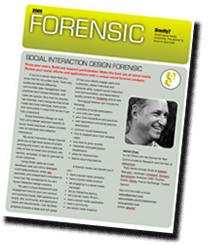My reasoning was this.
Bergson's lived time, a time that is not divisible because it is not quantitative, but qualitative, and when divided it is changed (discrete time, measured in equal instants, is divisible). This is what Deleuze draws from Bergson in Difference and Repetition. And the concept of duree has had measurable (!) impact on continental sociology. To summarize then, time is not passing presents, but a Past that exists, a present that is the peak of the past and which is alongside it, and future, which is anticipated.
According to Einstein, and against Bergson, we do not all share in one time, but are in relative times.
So here's why I would want to bring them together... Time has a direction (we live, we die, it's inevitable, and we're all moving in that direction). A great deal of our emotions and motivations seem connected to our temporality. We long for people or events or feelings in the past. We yearn for what we anticipate. We miss. ... So many emotions tied up in the dynamic of memory and anticipation—those are emotions, feelings, affective movements that express our experience of time, or how we live time, in time. But not only that. We might say that they are feelings that also express our relative isolation in time, that express our desire to be in the same time with others, to feel that they are on the same page (or wavelength) as us...
The idea then, would suggest that we add to our understanding of our sense of place, belonging (as physical, situated, located) a sense of temporality, and that when it comes to the human experience of living in time, being in time, of living the qualitative temporality of duree (duration), our sense of time also contains already a sense of other people's time. We desire synchronization because we can feel it when it occurs. We have temporal relations with others; others are in temporal relation to us. Time is relative. But so to is it one of indivisible duration, one lived through affective movement we know as loss and hope...



